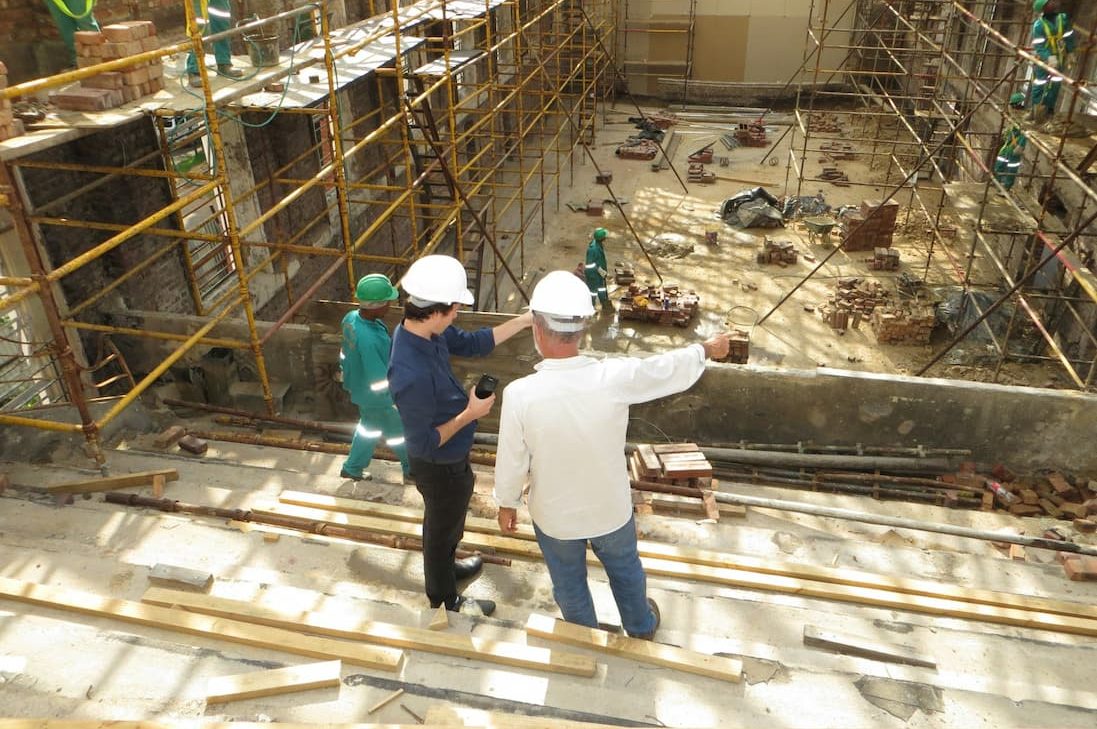Embodied carbon in construction is a hot topic, with groups such as MECLA organising initiatives to raise awareness among industry professionals. Now, three experts from the University of Melbourne are calling for whole-of-life carbon budgets for construction projects.
Judy Too, Associate Professor Felix Kin Peng Hui, and Dr Nilupa Herath are all members of the university’s infrastructure engineering department. In a recently published article, they argue that, in order for Australia to reach its goal of net zero emissions by 2050, there must be incentives for the construction industry to prioritise reducing carbon over reducing costs.
Carbon budgets explained
A carbon budget is essentially a limit on how much a project is allowed to generate in carbon emissions. The authors emphasise that the budget must take into account emissions for the entire lifecycle of the project – from the embodied carbon in the production and transportation of the construction materials to the emissions generated by the building’s energy usage down the track.
This budget isn’t annual, but cumulative, just like the effects of carbon emissions. Designers and engineers should use this threshold to guide their material and design choices. They should also measure the building’s performance to see whether it’s living up to design expectations.
As the authors point out, while carbon budgets might be best practice in the industry, there are no regulations enforcing them. Without that regulatory framework, carbon budgets are purely voluntary.
The issue of split incentives
Although the upfront costs of low-carbon building can be high, these aren’t the main barrier to entry. The bigger issue is that of split incentives, where designers, builders, and owners don’t have any financial incentive to make that initial investment.
Think about it like this: if you’re designing a building for your own company to use, it makes sense to keep operating costs low, even if that increases your initial outlay. Every dollar you invest in energy efficiency measures, you’ll earn back – plus more – in energy savings down the track.
Those energy efficiency measures might save millions of dollars over 20 years. But if you plan to rent the building out to another company, you won’t be paying the bills, so why make that extra initial investment?
The authors argue that, without proper regulation and measures such as carbon budgets, split incentives will continue to discourage low-carbon building.
The remedy
The article proposes four measures to help carbon budgets play an effective role in reducing emissions in construction:
- Providing clear, phased regulations that give businesses time to adapt
- Offering targeted financial incentives and subsidies
- Developing cost-effective and efficient carbon-reduction strategies through collaboration
- Investing in research and development for new sustainable construction technologies and materials.
Do you think we need carbon budgets in construction? Let us know in the comments below.
Image courtesy of Mark Potterton via Unsplash.
 Nick Johns-Wickberg
Nick Johns-Wickberg


Leave a Reply